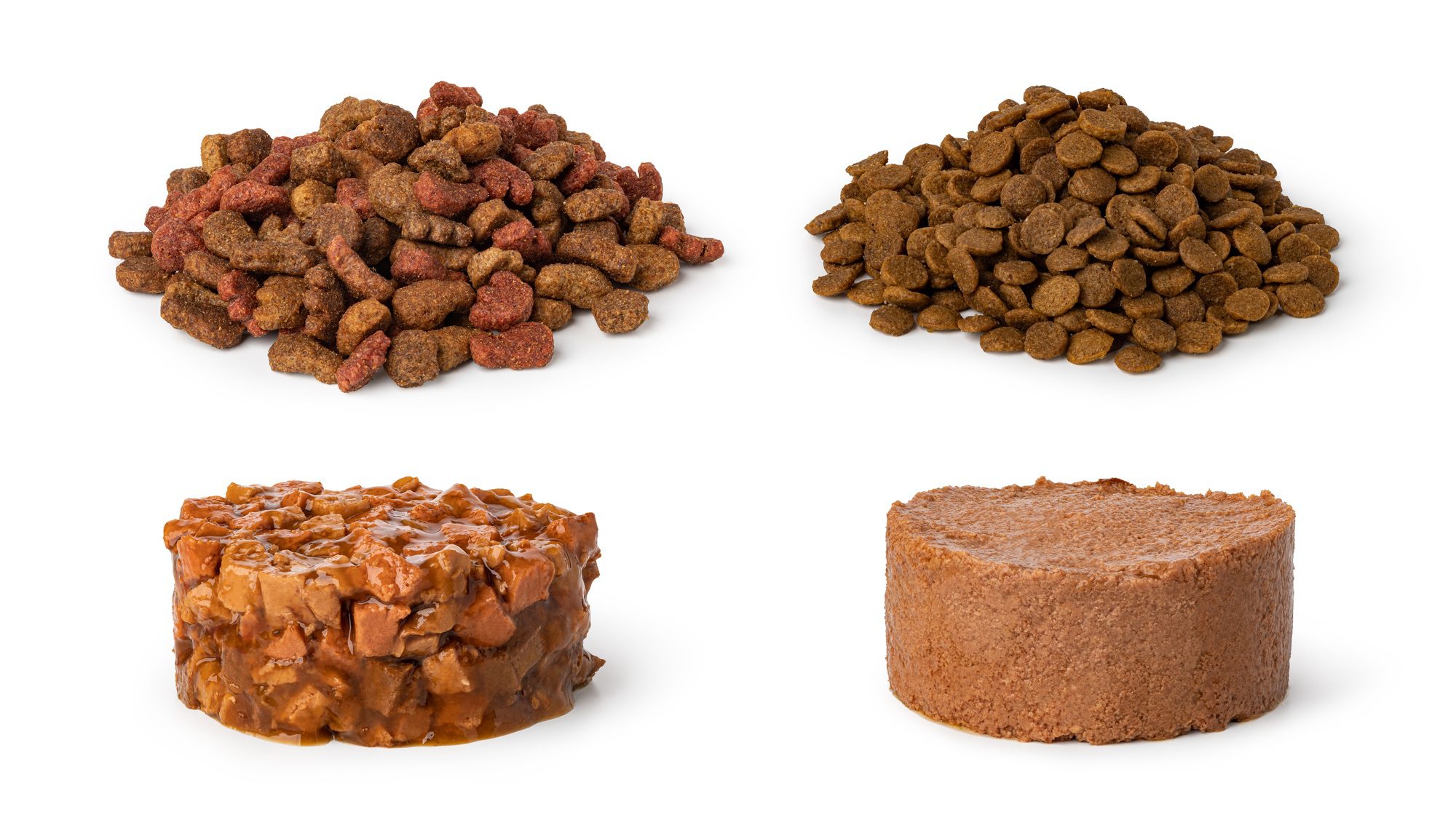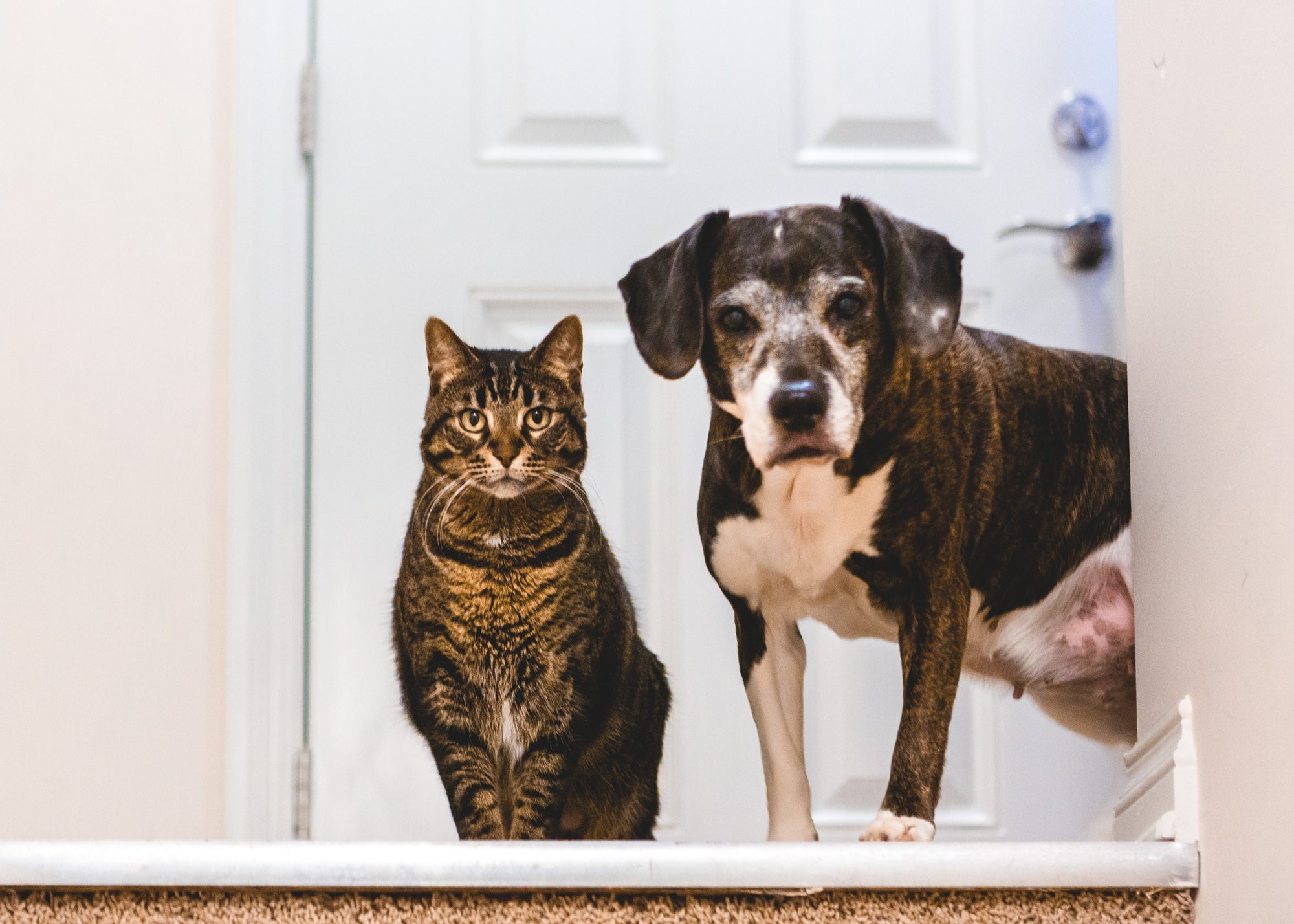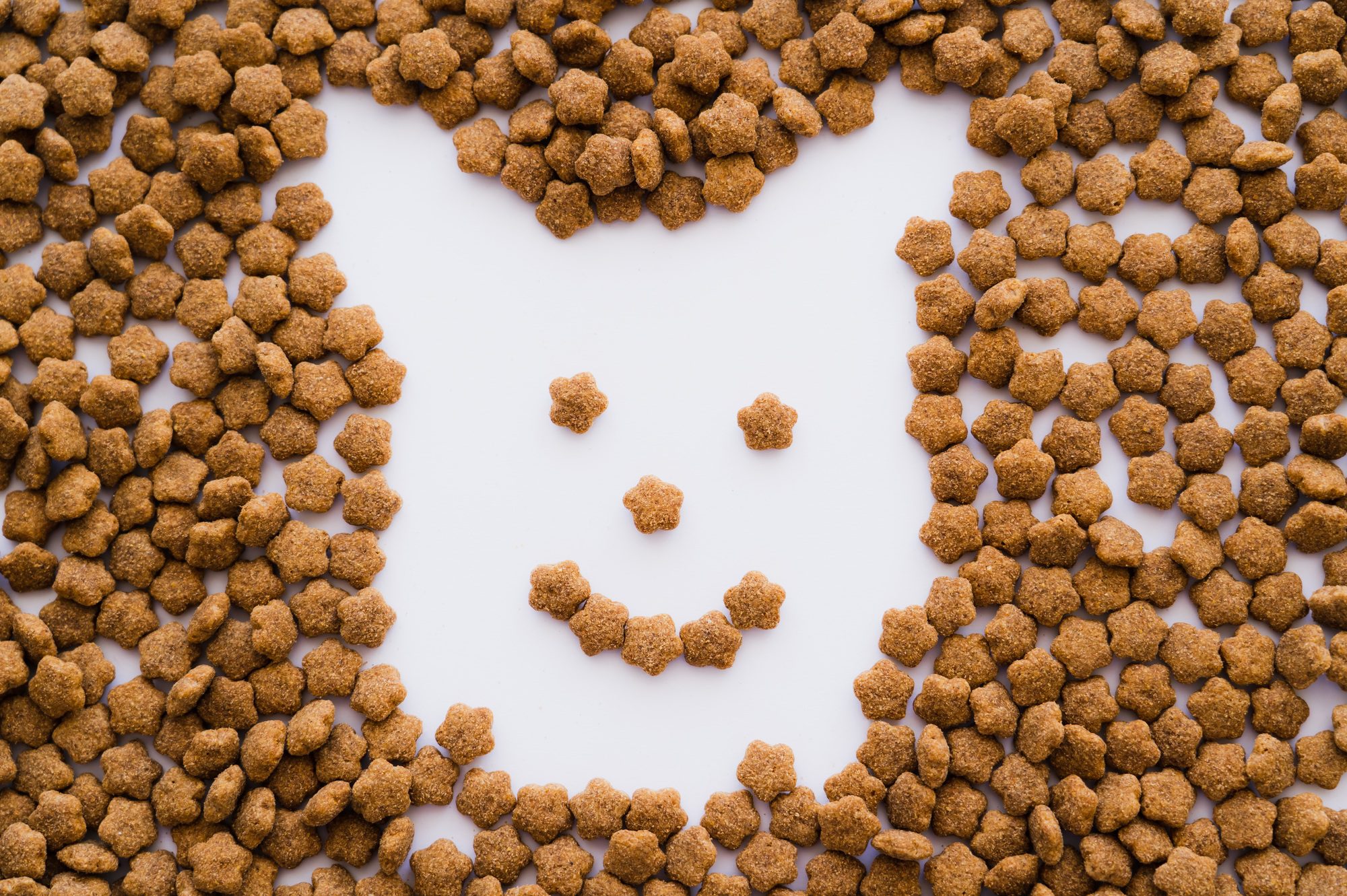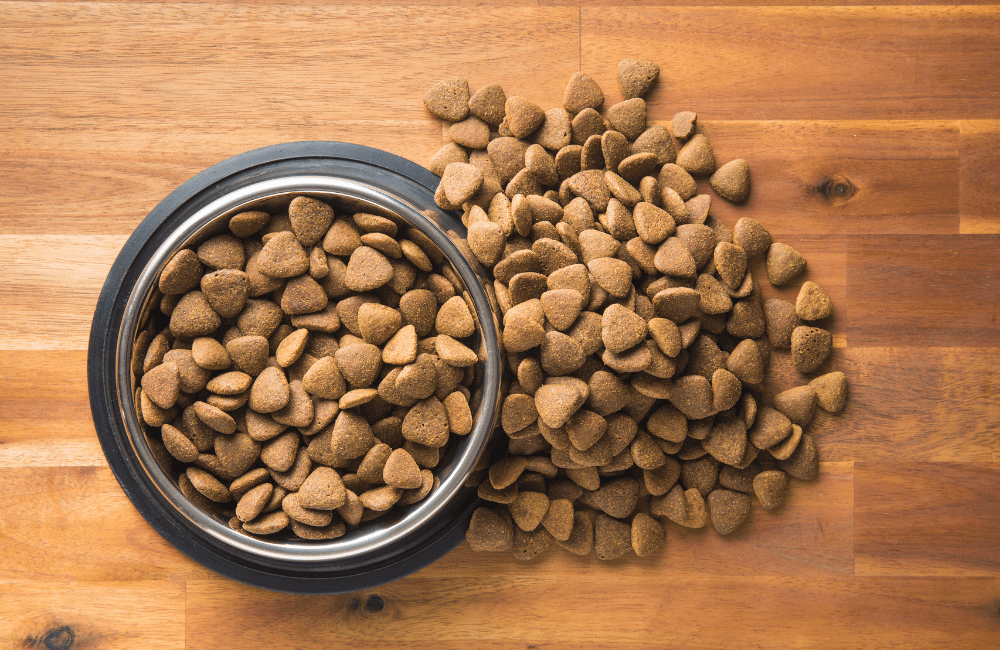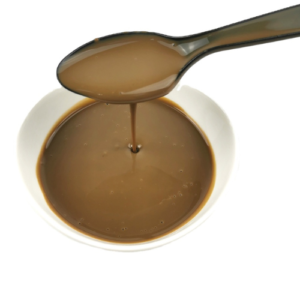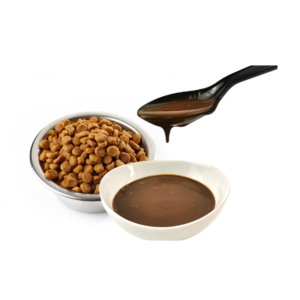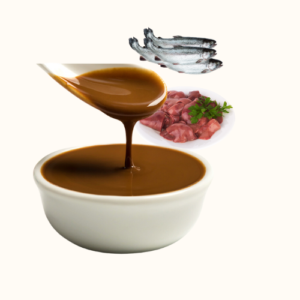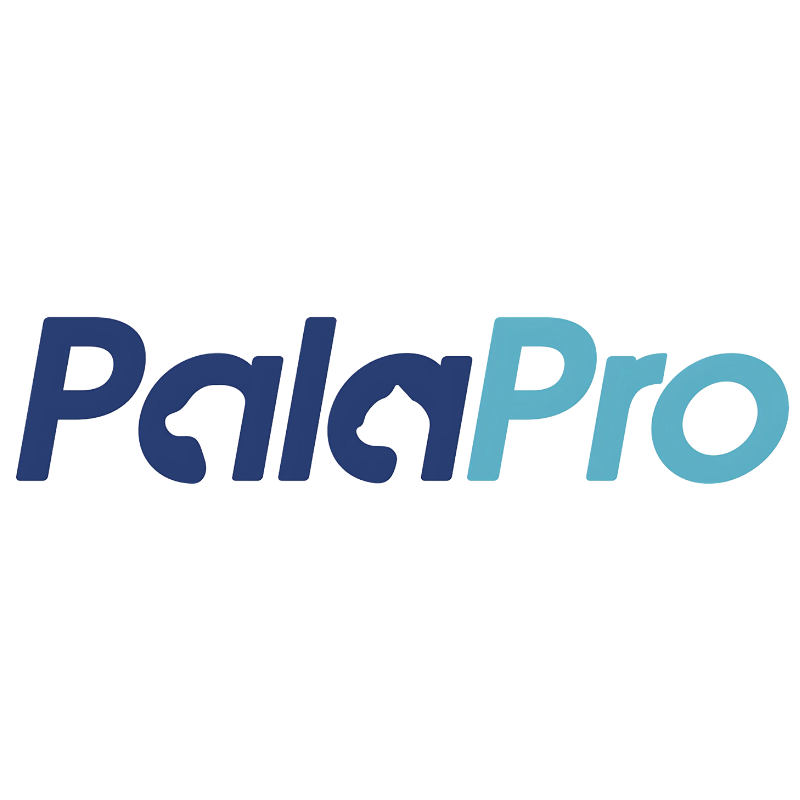Chicken Liver Powder in Pet Food Production
Introduction
The pet food industry has seen significant advancements over the past few decades, with increasing awareness of the nutritional needs of pets and the importance of high-quality ingredients. One such ingredient that has gained traction is chicken liver powder. This nutrient-rich supplement is derived from dehydrated and finely ground chicken livers and offers numerous benefits for pets, making it a popular choice among pet food manufacturers. In this blog, we will delve into the benefits of chicken liver powder, its nutritional profile, and its growing popularity in pet food production, supported by real data.

Nutritional Profile of Chicken Liver Powder
Chicken liver is a powerhouse of essential nutrients that are beneficial for pets. When processed into a powder, it retains most of its nutritional value, making it an excellent supplement for pet food. Here’s a breakdown of the key nutrients found in chicken liver powder:
- Proteins: Chicken liver powder is rich in high-quality proteins, which are essential for the growth, repair, and maintenance of body tissues in pets.
- Vitamins: It is an excellent source of vitamins A, B12, and E. Vitamin A supports vision, immune function, and skin health, while vitamin B12 is crucial for red blood cell production and nervous system health. Vitamin E acts as an antioxidant, protecting cells from damage.
- Minerals: Chicken liver powder contains important minerals such as iron, zinc, and copper, which are vital for various bodily functions, including oxygen transport, immune function, and enzyme activity.
- Amino Acids: It provides essential amino acids like taurine, which are critical for heart health, vision, and reproduction in cats.

Benefits of Chicken Liver Powder in Pet Food
- Palatability: One of the significant advantages of chicken liver powder is its ability to enhance the palatability of pet food. Pets, particularly cats and dogs, are naturally attracted to the taste and smell of liver, making it easier to ensure they consume their meals with enthusiasm.
- Nutritional Boost: Adding chicken liver powder to pet food provides a concentrated source of essential nutrients, ensuring that pets receive a balanced diet that supports their overall health and well-being.
- Digestibility: Chicken liver powder is highly digestible, allowing pets to efficiently absorb and utilize the nutrients it contains. This can be particularly beneficial for pets with sensitive digestive systems.
- Weight Management: The high protein content in chicken liver powder can help in maintaining lean muscle mass, which is crucial for pets’ weight management and overall health.
- Immune Support: The vitamins and minerals present in chicken liver powder play a vital role in supporting the immune system, helping pets to fight off infections and stay healthy.

The Growing Market for Chicken Liver Powder in Pet Food
The demand for high-quality pet food ingredients like chicken liver powder is on the rise, driven by pet owners’ increasing awareness of the importance of nutrition in pet health. Let’s look at some data to understand this trend better.
Market Data and Trends
- Global Pet Food Market Size: According to Grand View Research, the global pet food market size was valued at USD 87.08 billion in 2020 and is expected to grow at a compound annual growth rate (CAGR) of 4.6% from 2021 to 2028. The increasing trend of pet humanization and the growing focus on pet health are significant factors contributing to this growth.
- Natural and Organic Pet Food Segment: The natural and organic pet food segment is expected to witness substantial growth. A report by NielsenIQ indicates that sales of natural pet food increased by 14.6% in 2020 compared to the previous year. This segment includes products with high-quality ingredients like chicken liver powder.
- Ingredient Transparency: A survey conducted by the American Pet Products Association (APPA) revealed that 68% of pet owners read the ingredient labels on pet food products, and 53% prefer to buy pet food with simple and recognizable ingredients. Chicken liver powder fits well within this preference due to its natural and wholesome nature.

Case Studies and Real-World Examples
- Major Pet Food Brands: Many leading pet food brands have started incorporating chicken liver powder into their products. For instance, Blue Buffalo, a well-known pet food manufacturer, includes chicken liver powder in its high-protein formulas to enhance flavor and nutrition.
- Positive Customer Feedback: Numerous pet owners have reported positive experiences after switching to pet food containing chicken liver powder. Reviews highlight improvements in their pets’ coat quality, energy levels, and overall health.
- Veterinary Endorsements: Veterinarians often recommend diets that include organ meats like chicken liver for pets with specific health needs. The endorsement by veterinary professionals further boosts the credibility and demand for chicken liver powder in pet food.

Production and Quality Control
The production of chicken liver powder involves several steps to ensure its quality and safety for pet consumption:
- Sourcing: High-quality chicken livers are sourced from reputable suppliers. It is crucial to ensure that the chickens are raised without the use of antibiotics or hormones to maintain the purity of the liver.
- Dehydration: The livers are dehydrated to remove moisture, which helps in preserving the nutrients and extending the shelf life of the powder.
- Grinding: The dehydrated livers are finely ground into a powder form. This process ensures that the powder is easy to mix with other ingredients in pet food formulations.
- Quality Testing: The final product undergoes rigorous quality testing to check for contaminants and ensure that it meets nutritional standards. This includes testing for pathogens, heavy metals, and nutrient content.

Challenges and Considerations
While chicken liver powder offers numerous benefits, there are some challenges and considerations that pet food manufacturers need to keep in mind:
- Supply Chain Management: Ensuring a consistent supply of high-quality chicken livers can be challenging. Manufacturers need to establish reliable sourcing and supply chain management practices.
- Cost: The cost of chicken liver powder can be higher compared to other protein sources. Manufacturers need to balance the cost with the nutritional benefits it provides.
- Regulatory Compliance: Pet food products must comply with various regulatory standards set by organizations like the Food and Drug Administration (FDA) and the Association of American Feed Control Officials (AAFCO). It is essential to ensure that chicken liver powder used in pet food meets these standards.

Future Prospects
The future of chicken liver powder in pet food production looks promising. As pet owners continue to prioritize the health and well-being of their pets, the demand for high-quality, nutrient-rich ingredients like chicken liver powder is expected to grow. Here are some potential future trends:
- Innovation in Pet Food Formulations: Manufacturers are likely to explore innovative ways to incorporate chicken liver powder into various pet food products, including dry kibble, wet food, and treats.
- Sustainable Sourcing: There will be a growing focus on sustainable sourcing practices to ensure the long-term availability of chicken livers. This includes ethical farming practices and minimizing environmental impact.
- Enhanced Functional Benefits: Future research may uncover additional functional benefits of chicken liver powder, such as specific health benefits for senior pets or pets with particular health conditions.

Conclusion
Chicken liver powder is an exceptional ingredient that offers numerous benefits for pet food production. Its rich nutritional profile, palatability, and digestibility make it a valuable addition to pet food formulations. As the pet food industry continues to evolve, the demand for high-quality ingredients like chicken liver powder is set to rise. Manufacturers who prioritize the use of such nutrient-dense supplements will not only meet the growing expectations of pet owners but also contribute to the overall health and well-being of pets worldwide. With ongoing advancements and a focus on sustainability, the future of chicken liver powder in pet food production looks bright.



